There are so many incredible images on 500px but we want to know more about the photographers, and stories, behind them. Our Portrait series interviews a talented photographer each week, allowing us to discover more about living life through a lens.
This week’s interview is with Lee Jeffries. His emotive portraits are the result of an encounter with a homeless girl.
500PX: When and how did you fall in love with photography?
LEE JEFFRIES: My first encounter with photography was in history class at school. Haunting black and white images of World War One soldiers resonated but it wasn’t until fairly recently, perhaps two or three years ago after stumbling across James Nachtwey’s “Inferno” that these and those earlier images led to a deep and emotional interpretation of how photography can powerfully document humanity.
Have you had any formal training?
LEE: Nope.
Could you please tell us the story of the homeless girl that changed the direction of your work?
LEE: I was in London to photograph the Marathon. On the day before the race I decided to try my hand at street photography. Naïvely I trained my long lens on a young homeless girl huddled in a sleeping bag across the street. She spotted me of course and started to shout grabbing the attention of passersby. Immediately embarrassed, every fiber was telling me to turn around and walk away. I didn’t. Instead choosing to walk over, apologize and strike up a conversation. She inadvertently redefined my approach and sharpened my focus to something much more intimate.
How would you describe the style of your work?
LEE: The most eloquent description has been given by somebody else actually…
“If you will forgive my indulgence,
This work is most definitely NOT photojournalism.
Nor is it intended as portraiture.
It’s religious or spiritual iconography.
It’s powerful stuff.
Jeffries gave these people something more than personal dignity.
He gave them a light in their eyes that depicts transcendence, a glimmer of light at the gates of Eden, so to speak.
The clarity in their eyes is awesome to behold, as if God is somewhere in there.
He has made these people into more than poor old broken homeless people lazily waiting for a handout from some urbane and thoughtful corporate agent.
He infused them with light, not darkness.
Even the blind guy has light pouring from his sightless eyes.
I think Jeffries intended his art to honor these people, not pity them.
He honors those people by giving their likenesses a greater meaning.
He gives them a religious spiritual significance.
He imbues them with the iconic soul of humanity.
I think that’s what he was trying to do, at least to some degree thereof.”-Jack Conran, Rangefinder Forum, 2011.
How do you determine who will make a good subject to photograph?
LEE: Hard to explain. Impossible perhaps. It’s all about feeling. Call it a photographic eye… an immediate recognition of a situation or emotion. As soon as I feel it I just “know”.
How do you capture such strong emotion in your subjects? And how does photographing such emotion affect you personally?
LEE: My technique is as simple as being respectful and courteous. I have to gain the trust of the people I photograph long before any thought of photographing them. Only once this relationship has been established can I work in a spontaneous way. The resulting emotion is a document derived from the acceptance of my presence. Of course, when I’m done and back in the darkroom the sadness I endure is suffocating. I do try to channel that into the final image.
Who or what inspires your work?
LEE: The usual suspects of course: Nachtwey, McCullin, Koudelka. The work of other great photographers always provide a powerful impetus. I look at the message rather than technique. That’s the spark! Terrence Malick’s “The Thin Red Line” has probably shaped the metaphysical (look for that in my images… it’s almost always intentionally there) and beyond that, travel… and perhaps the biggest inspiration for any photographer… the people we meet.
What camera/s do you shoot with?
LEE: Canon 5D.
And your favourite lenses?
LEE: 24mm f/1.4L
How about other equipment: lighting, tripod, filters etc.?
LEE: Small hand held reflector. No time for anything else on the street.
How important is post-processing to the final piece?
LEE: Post processing. Yes. It absolutely facilitates my vision. Dodge and burn plays a huge part in developing the mood just as it’s always done in the darkroom days.
Most of your portraits are closely cropped to reveal just the subject’s face. Can you explain your decision behind that?
LEE: It’s true… my images can be biased to front on views that closely frame the face. Processing in black and white reinforces the contrasts and shapes in the portrait. Infused with light and shadow, I make a conscious effort to place the emphasis on the relief of the face and the strength of the photograph lays in the emotional connection to the subject. I try to magnify the character… tell their story so that it is no longer possible for the viewer to remain indifferent. My photographs become an intimate and personal document which narrates a myriad of emotion.
Out of all the photographs you have ever taken, which is your favourite and why?
LEE: If I had to choose one for pure document it would be this one…
It speaks for itself.
Your passion for photography has evolved into a mission to draw attention to, and raise funds for, homeless people. What made you decide to take this path and can you tell us more about how people can help?
LEE: If only you could meet the people I have. See the things I have witnessed. I’ve walked some of the toughest streets around the world and have left screaming at the injustice. It motivates me to do more. My simple hope is that every time I take out my camera I am lucky enough to shoot a frame that ultimately has the power to influence. To change perceptions. To make the viewer care enough to want to know and do more. People “just” help when I achieve this and I have countless emails from them that tell me so.
What has been your proudest moment as a photographer?
LEE: When I turned towards the young homeless girl in London instead of walking away.
How do you draw attention to your work?
LEE: Social media mainly. I have images carried by the galleries of YellowKorner.com and I’m very fortunate that they have also been featured in the mainstream media… Time magazine, CNN.com, The Independent, etc.
What advice would you give to amateur photographers?
LEE: Walk and then walk some more. The money shot is always just around the corner. Most important is be insanely motivated by your subject. If you aren’t then it will show in your images. Finally, be innovative. Imitation breeds mediocrity.
If you could capture anybody or anything on camera what would it be?
LEE: Kristin Scott Thomas.
What’s next for you in the world of photography?
LEE: Ask any street photographer…and they will tell you they are at their happiest out on the street. The smells… the people… the stories. We always want to tell one more.
Just so we can find out a bit more about the person behind the lens, could you tell us 5 things about you that are completely unrelated to photography?
LEE:
I exercise daily. Running, cycling you name it. I probably do it for vanity but I’ve raised a few quid (pounds for the non-British) for charity along the way.
My favourite place in the world is Lake Como.
I have a curiosity with faith. I’ve been with people at the very bottom, outcasts of society, yet, still, they believe God will save them. Perplexing yet inspiring at the same time.
I am an identical twin. That said it’s universally accepted that I’m much more handsome than my brother.
I work as an accountant. Nuff said.
To see more of Lee’s work head over to his 500px page. Lee has also created a book, Just Talkin’, that represents his personal photographic journey through some of the toughest streets of the U.S.A. All profits from the sale of the book are donated to the Union Rescue Mission in Los Angeles.
Thanks to Lee for being interviewed and to you for reading. Feel free to leave a comment below, feedback is awesome.

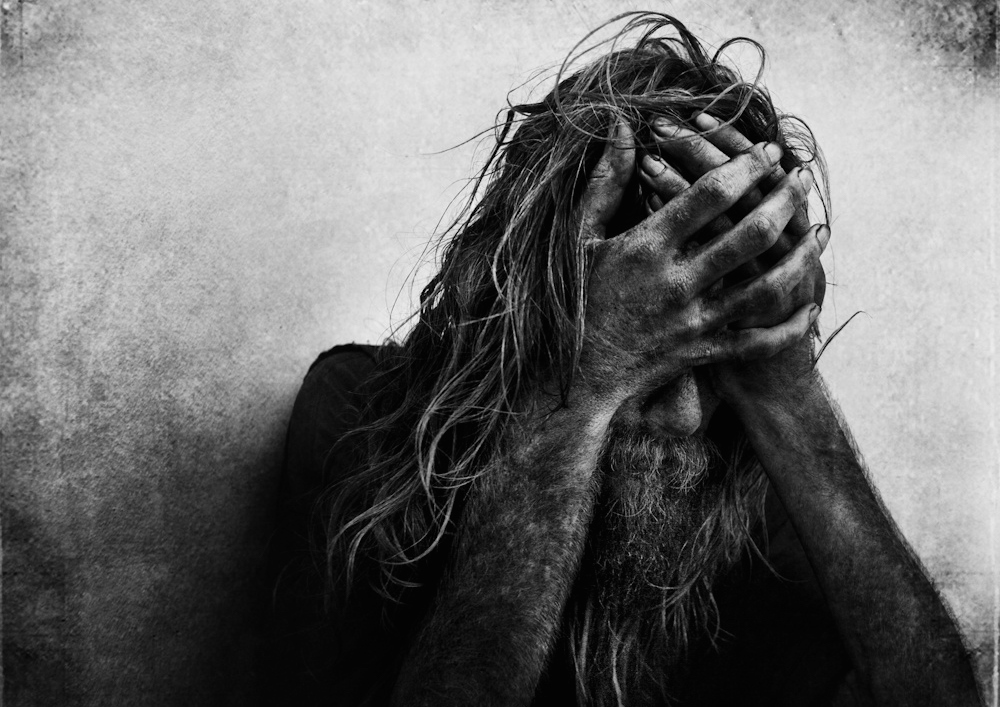








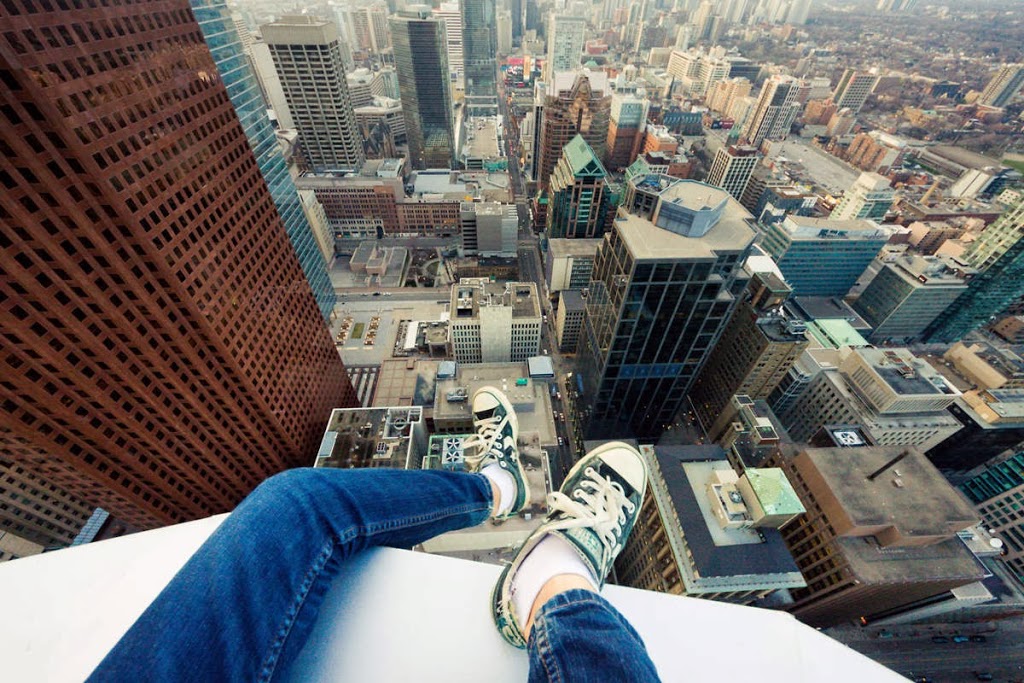
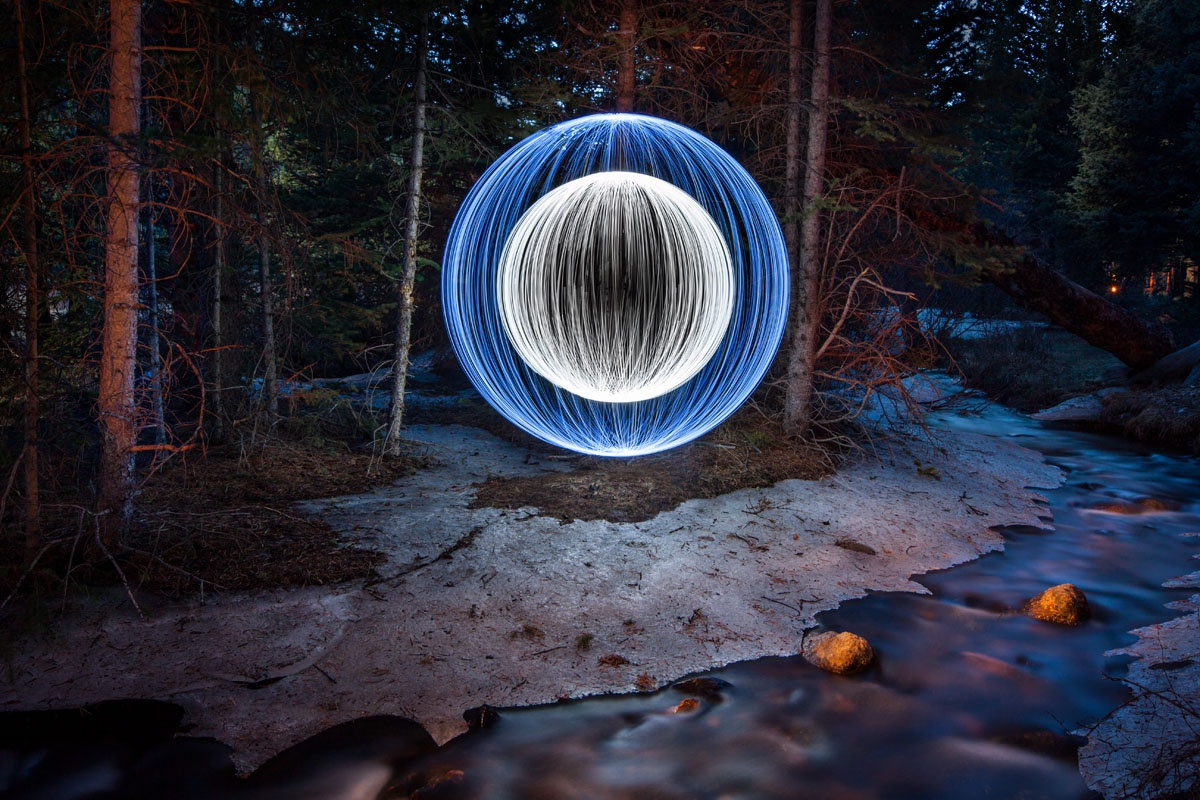
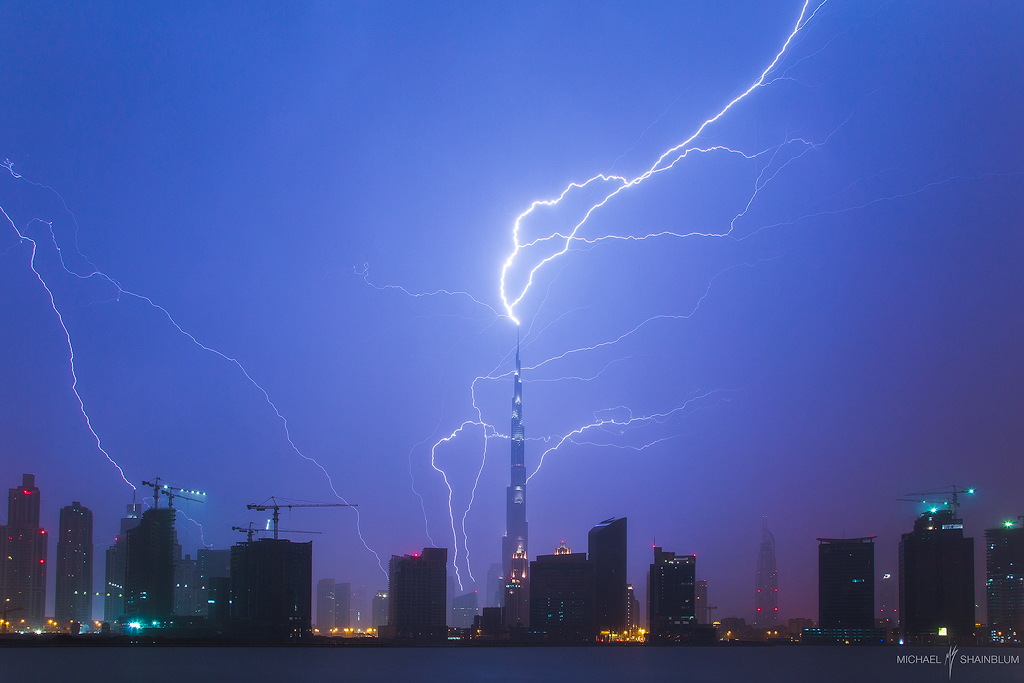
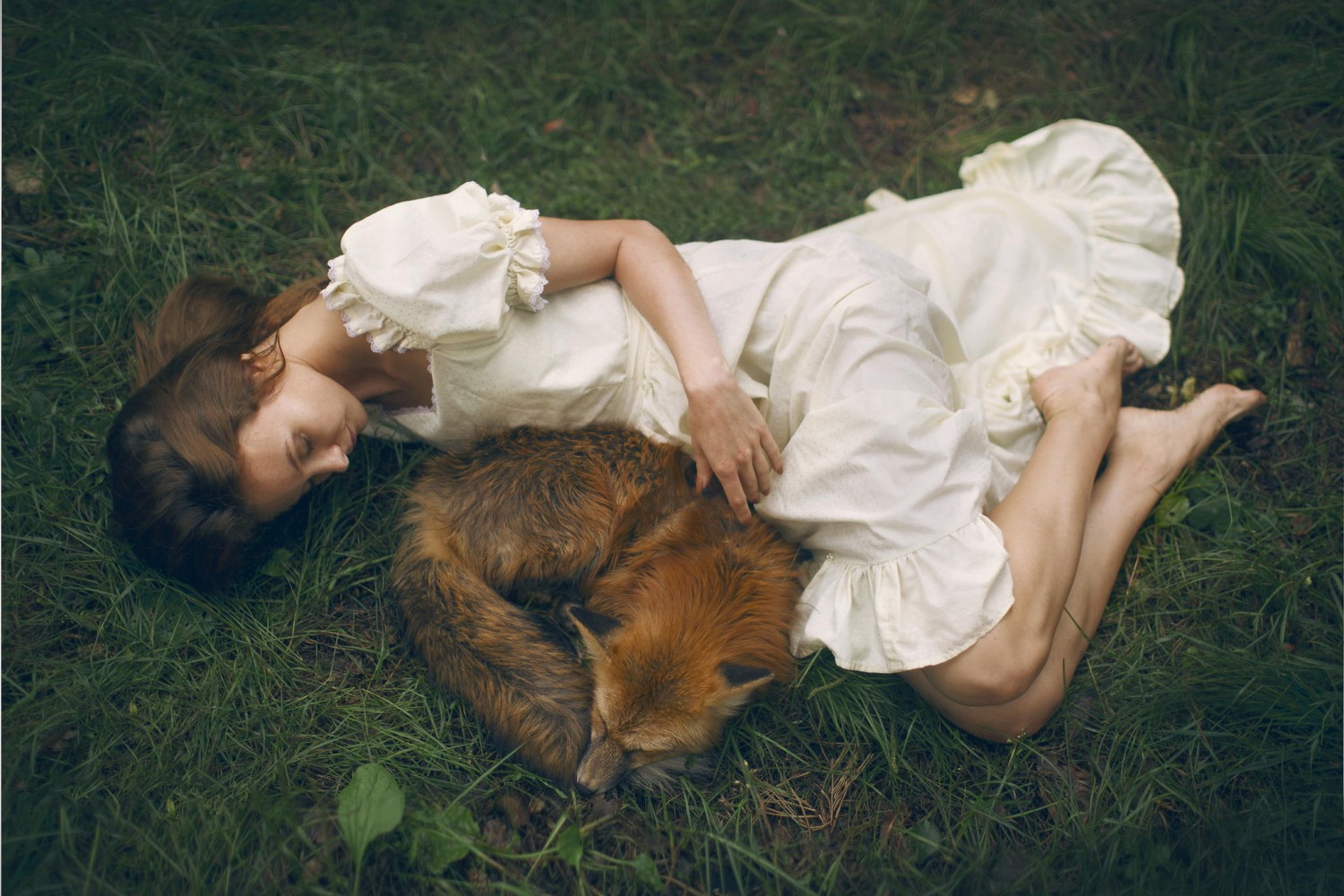
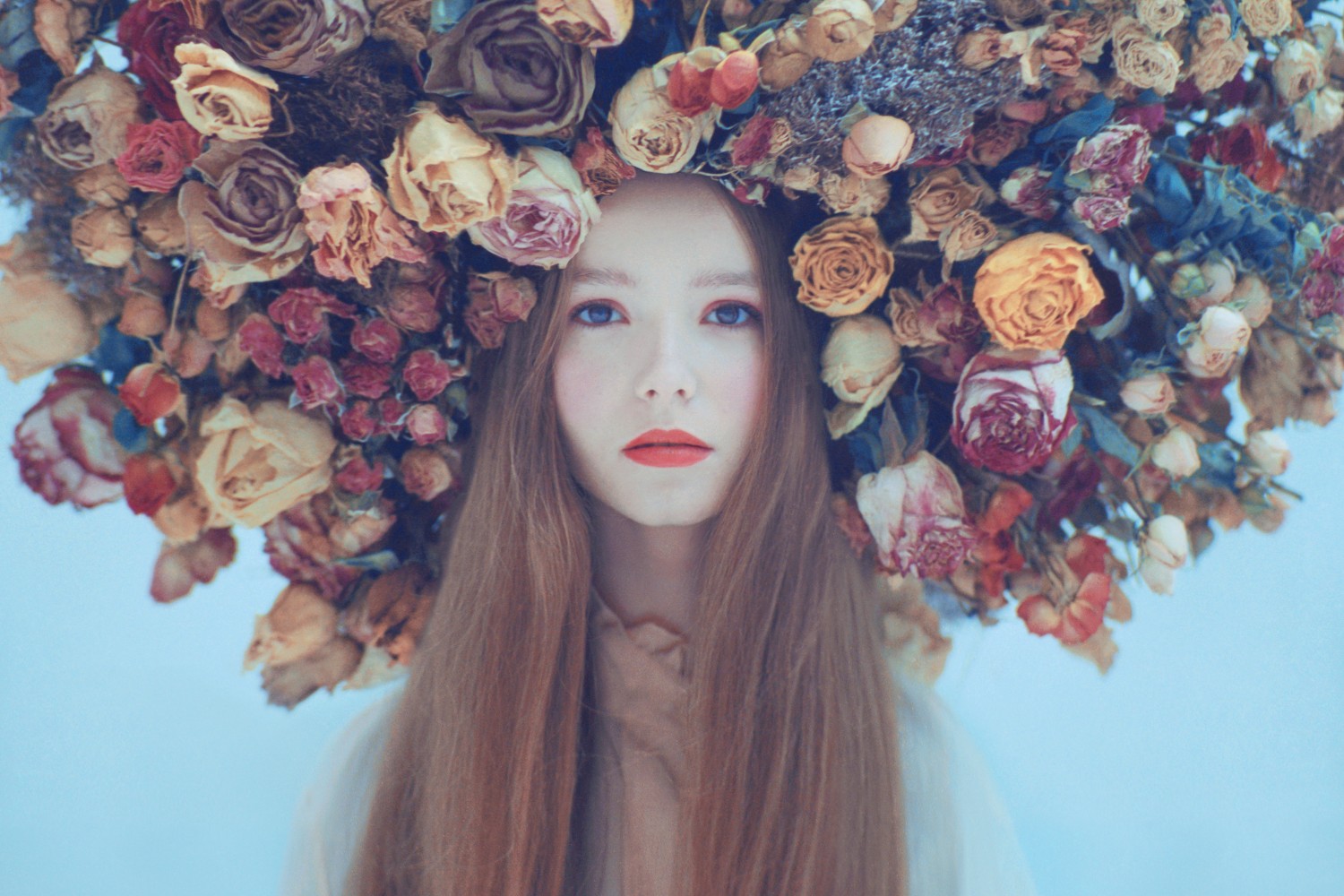
Leave a reply